
Latest Issue
Just Accepted Online First List of Issues Document Types
Issue 9, 2020
RAPID COMMUNICATION
2020, 38(9): 915-920. DOI: 10.1007/s10118-020-2457-zPublished(online): 2020-06-15Abstract Full text L-PDFAbstract
ARTICLE
2020, 38(9): 921-931. DOI: 10.1007/s10118-020-2404-zPublished(online): 2020-04-20Abstract Full text L-PDFAbstract
ARTICLE
2020, 38(9): 932-940. DOI: 10.1007/s10118-020-2406-xPublished(online): 2020-04-27Abstract Full text L-PDFAbstract
ARTICLE
2020, 38(9): 941-949. DOI: 10.1007/s10118-020-2400-3Published(online): 2020-04-02Abstract Full text L-PDFAbstract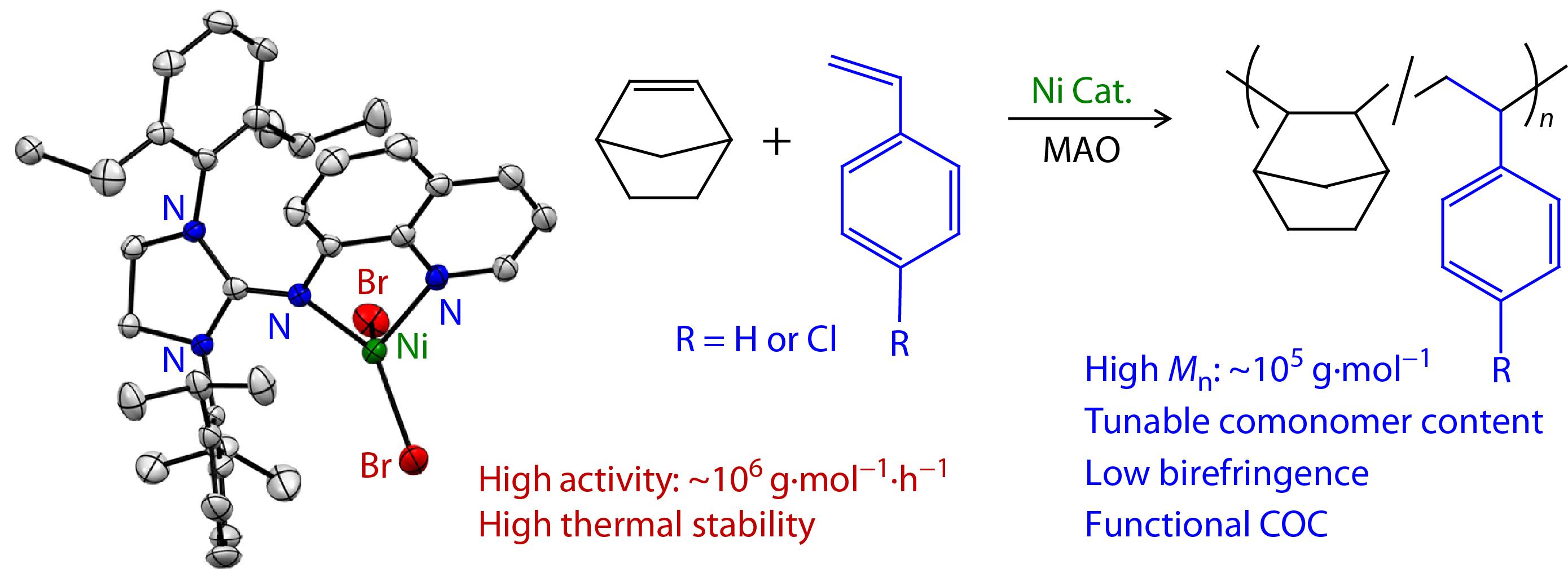
ARTICLE
2020, 38(9): 950-957. DOI: 10.1007/s10118-020-2413-yPublished(online): 2020-04-21Abstract Full text L-PDFAbstract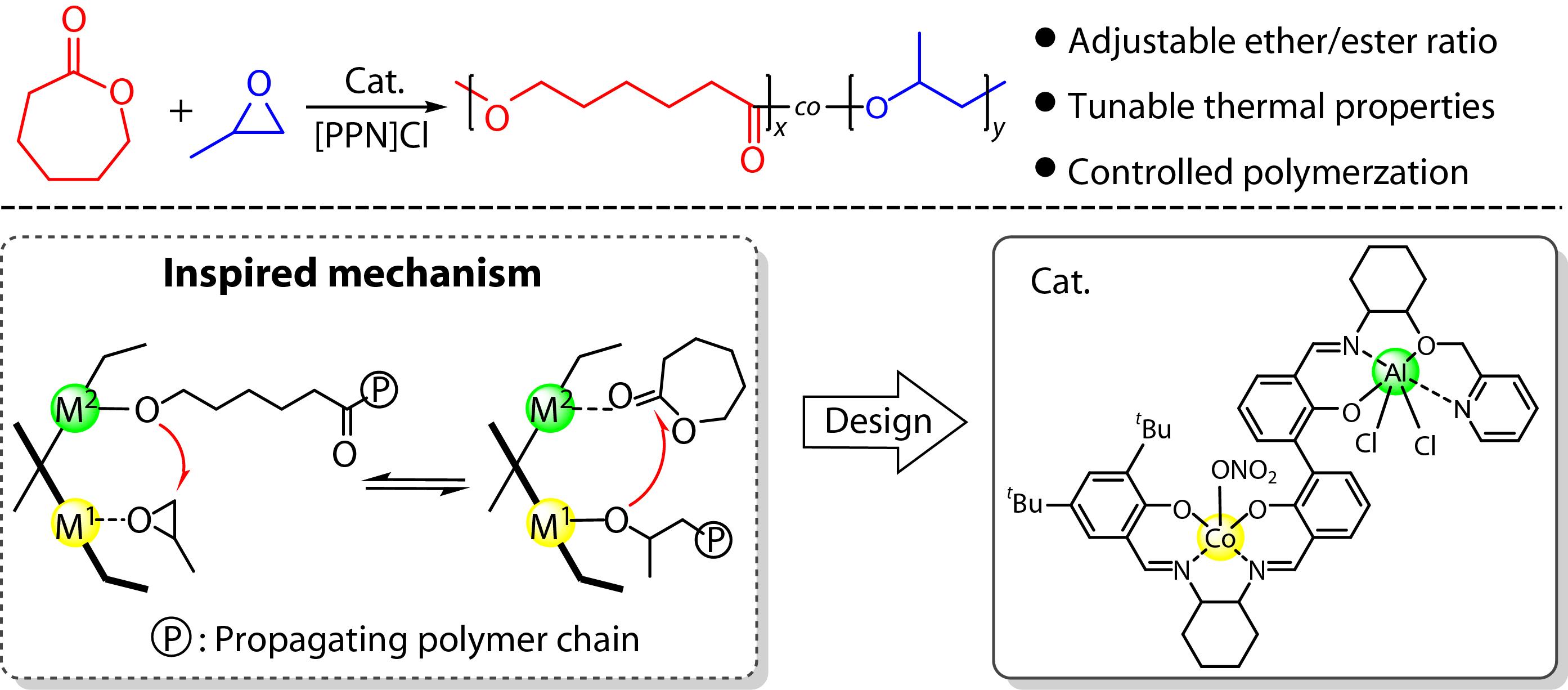
ARTICLE
2020, 38(9): 958-964. DOI: 10.1007/s10118-020-2436-4Published(online): 2020-06-12Abstract Full text L-PDFAbstract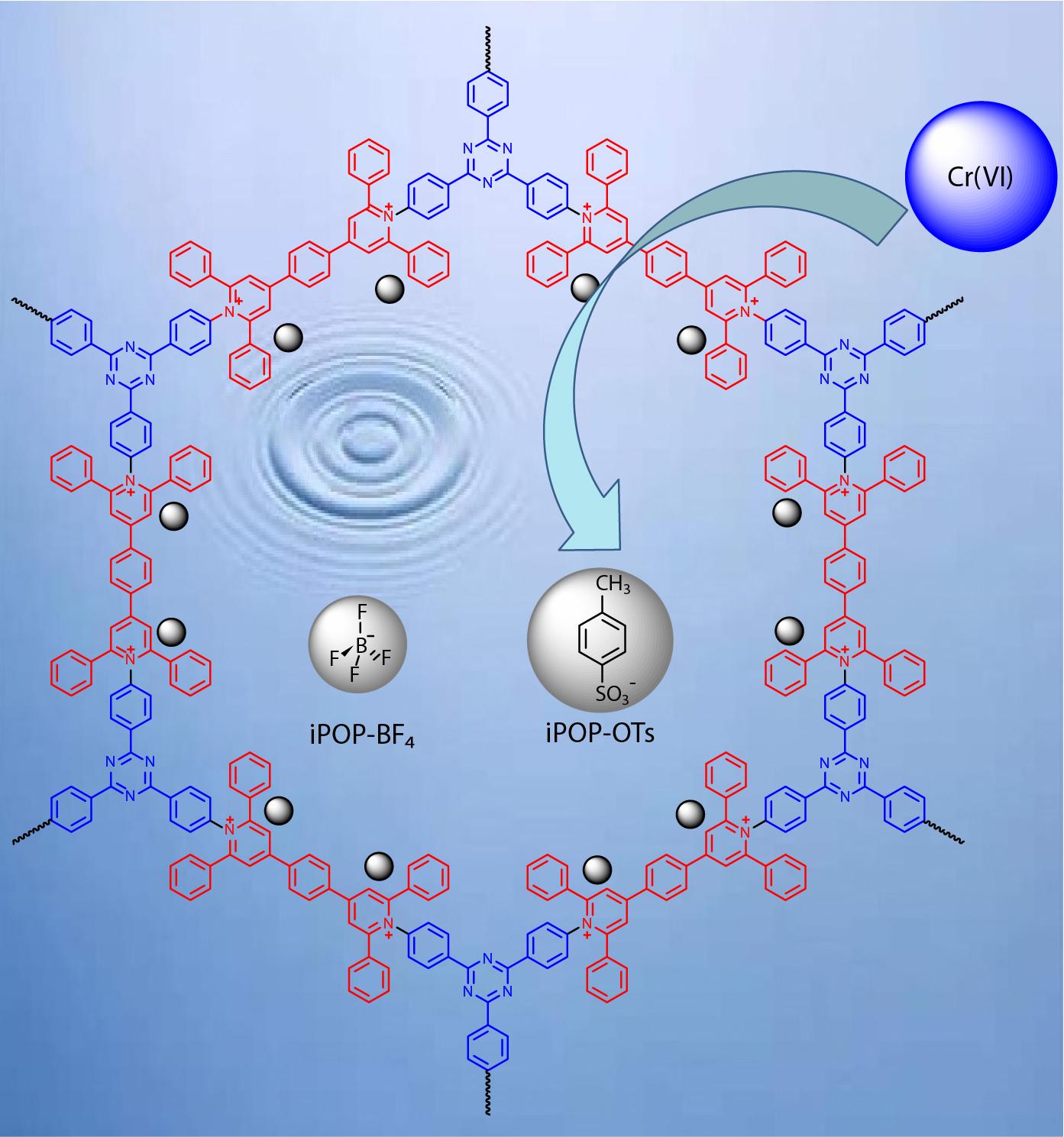
ARTICLE
2020, 38(9): 965-972. DOI: 10.1007/s10118-020-2422-xPublished(online): 2020-05-27Abstract Full text L-PDFAbstract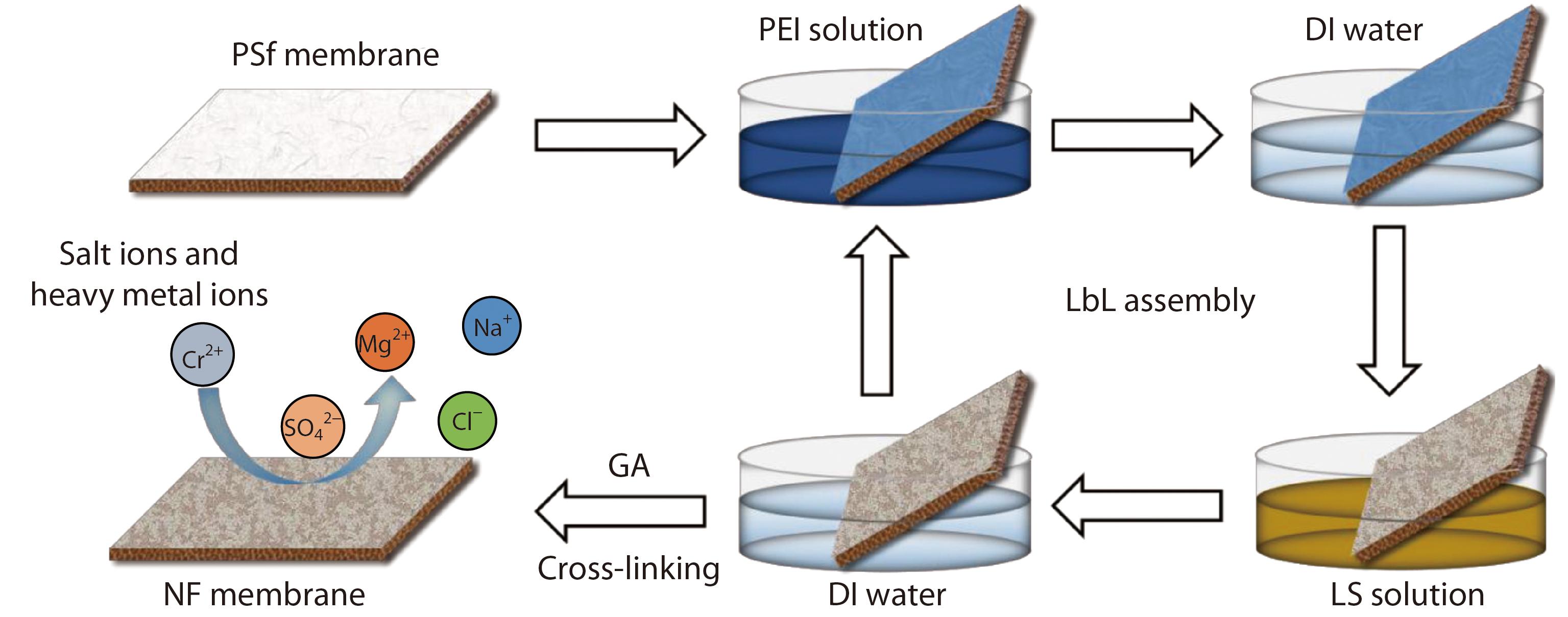
ARTICLE
2020, 38(9): 973-982. DOI: 10.1007/s10118-020-2398-6Published(online): 2020-03-24Abstract Full text L-PDFAbstract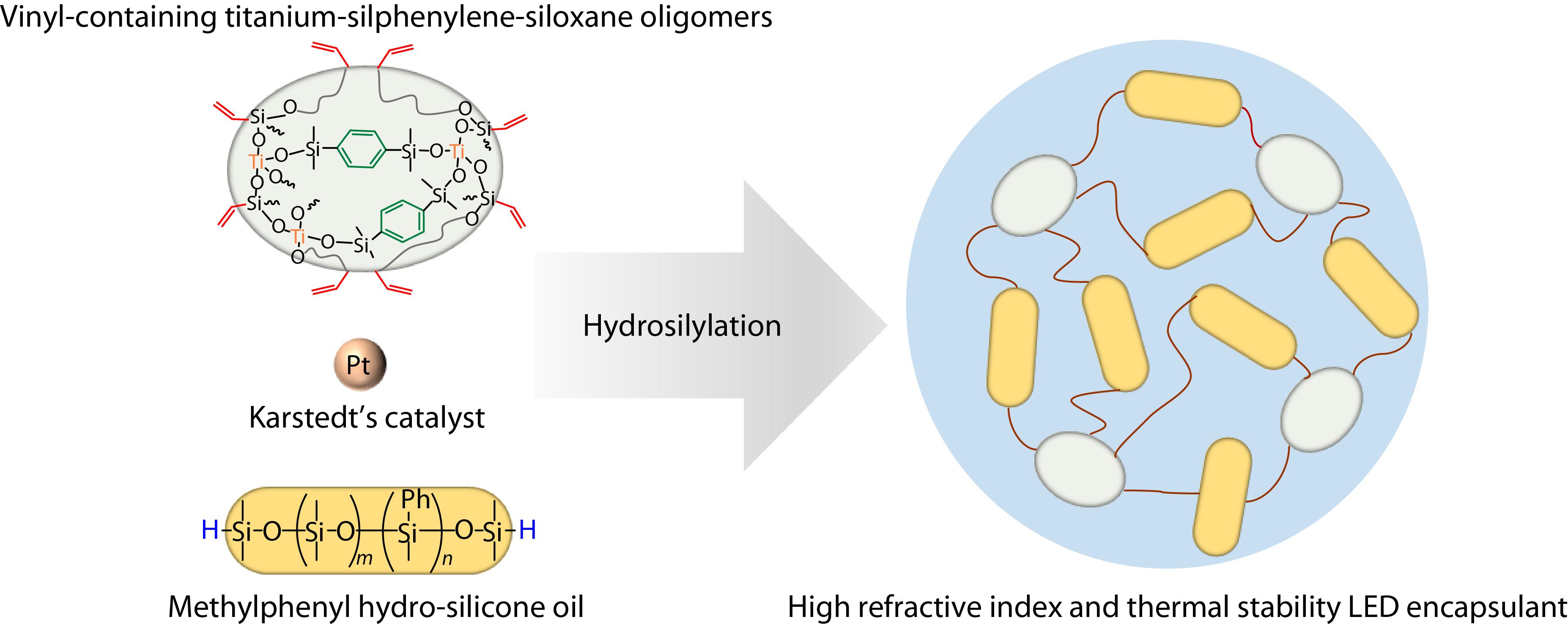
ARTICLE
2020, 38(9): 983-992. DOI: 10.1007/s10118-020-2405-yPublished(online): 2020-04-27Abstract Full text L-PDFAbstract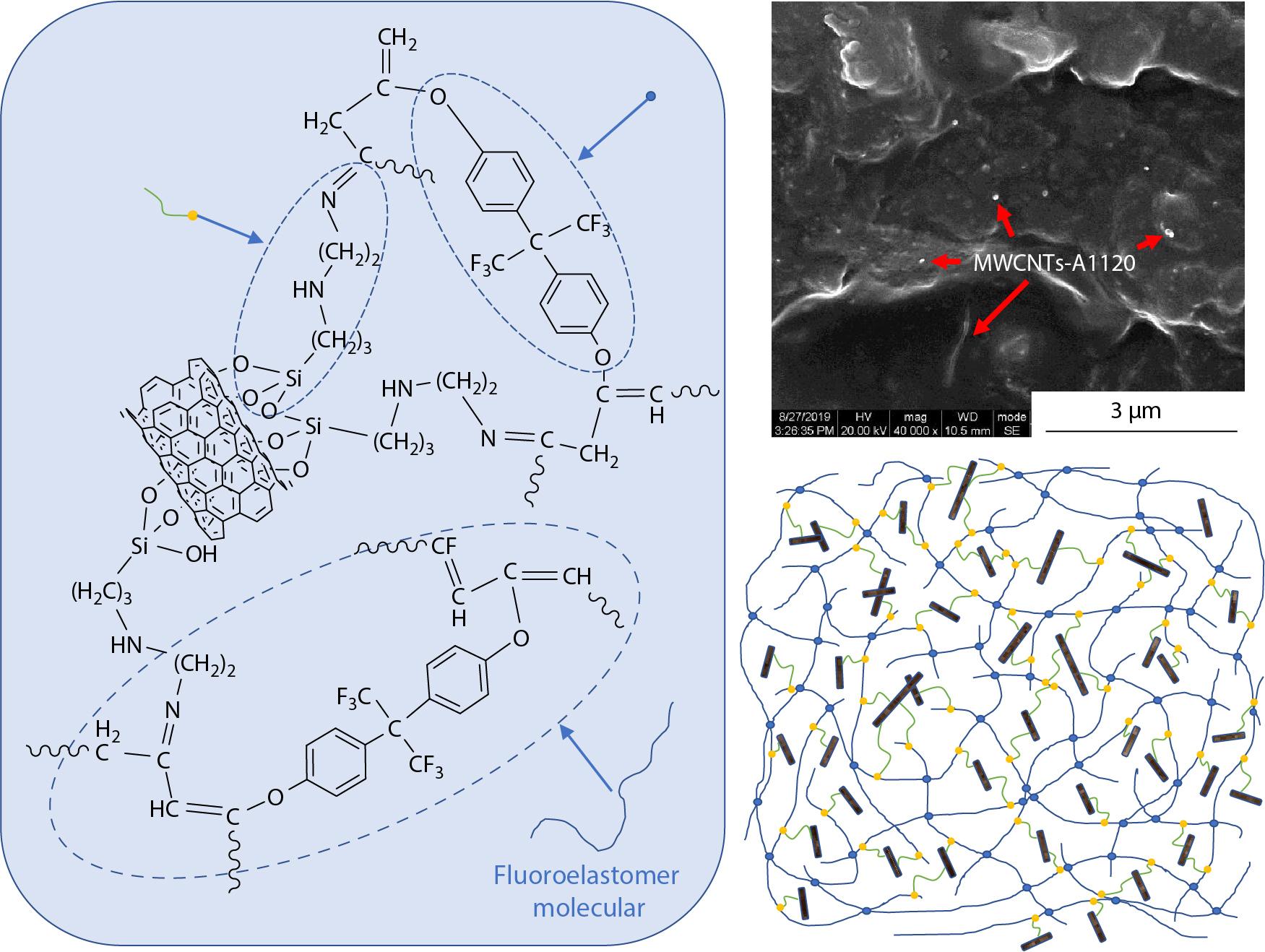
ARTICLE
2020, 38(9): 993-998. DOI: 10.1007/s10118-020-2434-6Published(online): 2020-06-09Abstract Full text L-PDFAbstract
ARTICLE
2020, 38(9): 999-1005. DOI: 10.1007/s10118-020-2423-9Published(online): 2020-05-22Abstract Full text L-PDFAbstract
ARTICLE
2020, 38(9): 1006-1014. DOI: 10.1007/s10118-020-2402-1Published(online): 2020-04-21Abstract Full text L-PDFAbstract
ARTICLE
2020, 38(9): 1015-1024. DOI: 10.1007/s10118-020-2427-5Published(online): 2020-05-27Abstract Full text L-PDFAbstract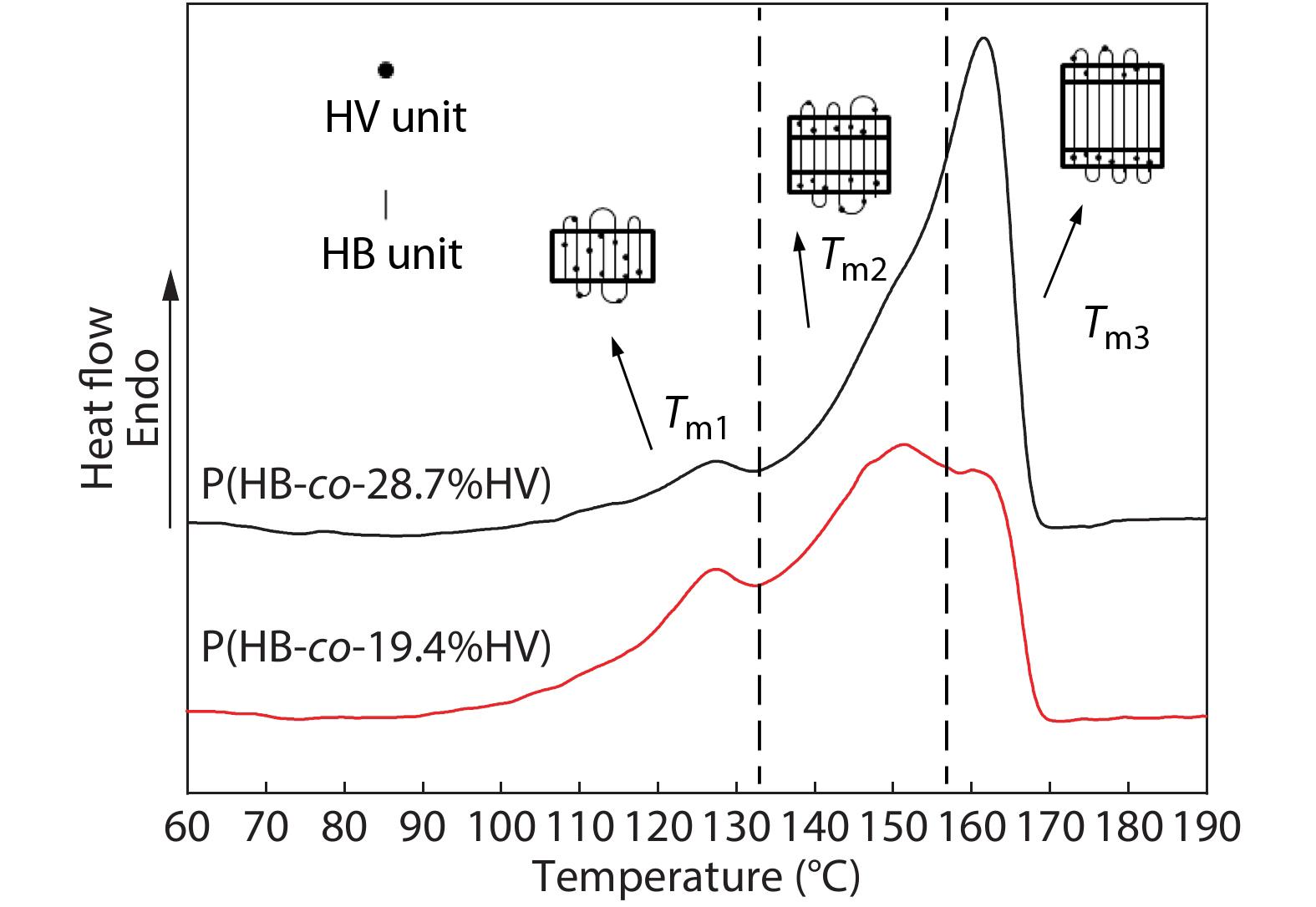
ARTICLE
2020, 38(9): 1025-1033. DOI: 10.1007/s10118-020-2424-8Published(online): 2020-06-09Abstract Full text L-PDFAbstract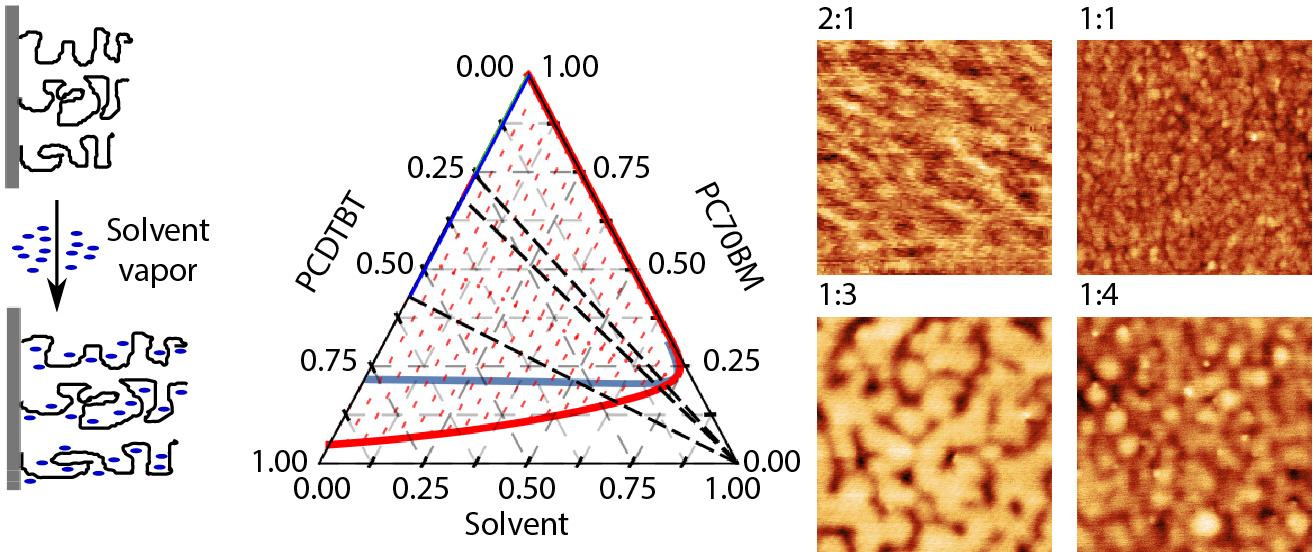
ARTICLE
2020, 38(9): 1034-1044. DOI: 10.1007/s10118-020-2403-0Published(online): 2020-04-21Abstract Full text L-PDFAbstract
ERRATUM
2020, 38(9): 1045-1046. DOI: 10.1007/s10118-020-2469-8Published(online): 2022-01-06Full text L-PDF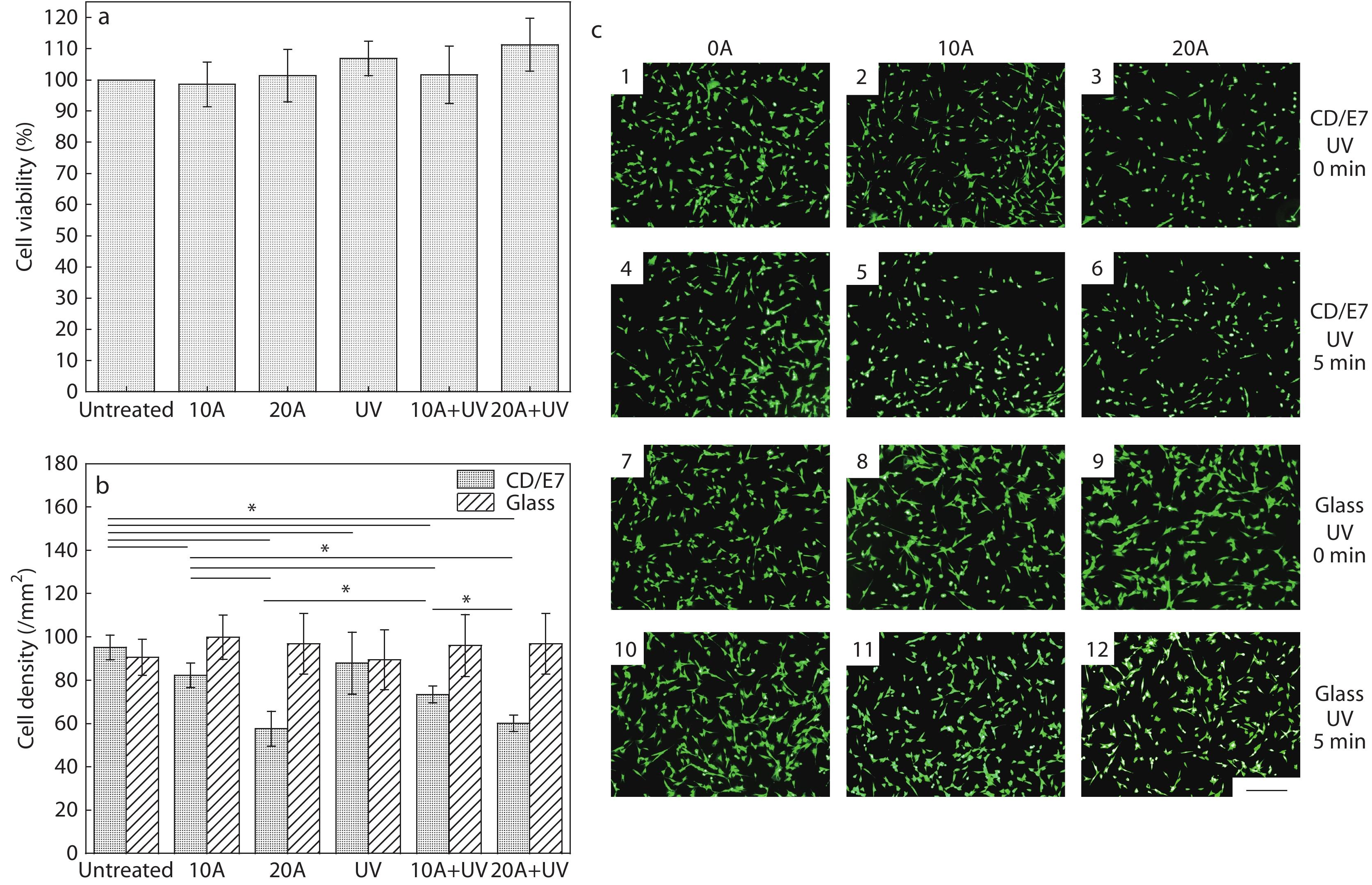
0
